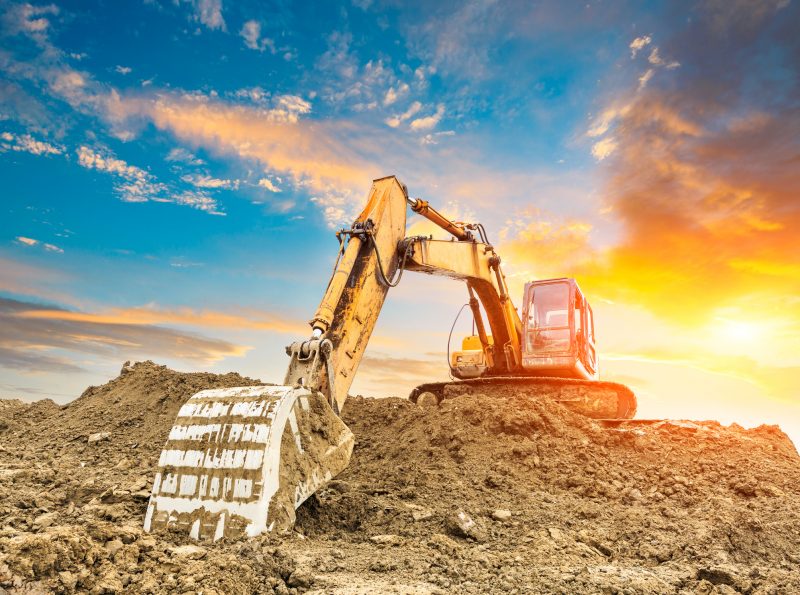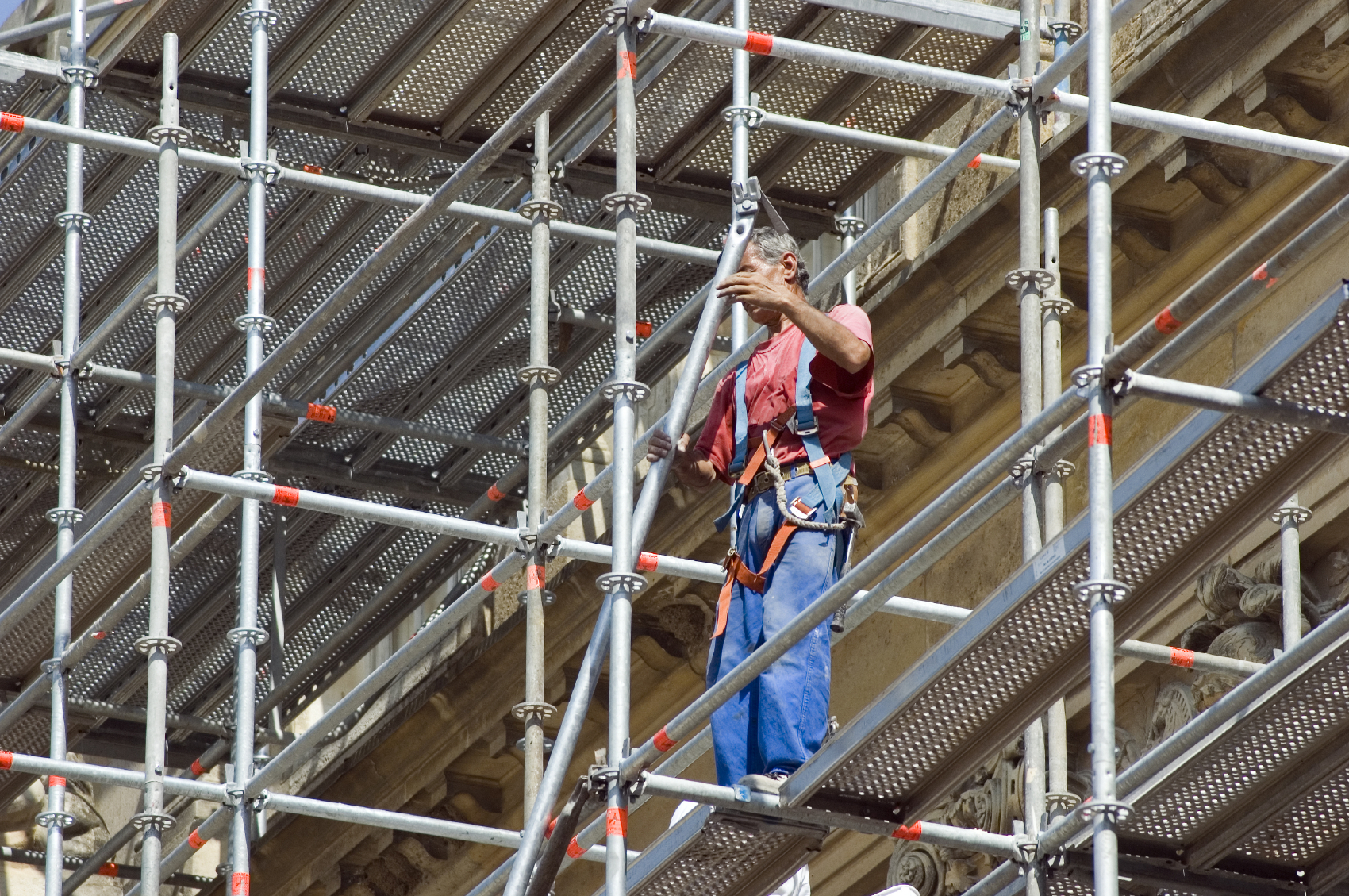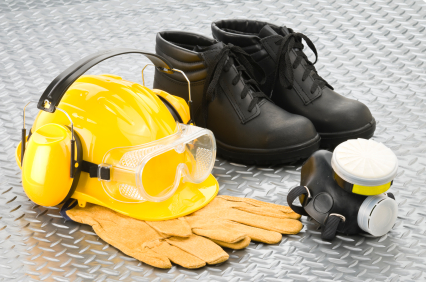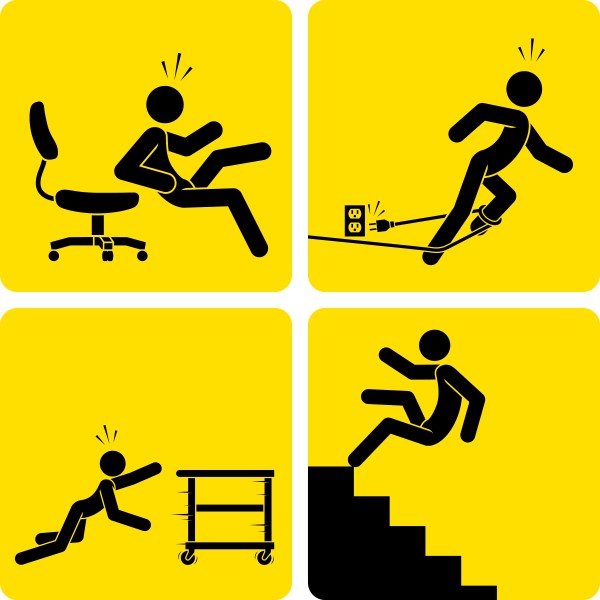Trenching and excavation activities are regular occurrences in the U.S. and with spring and summer on the way, there will be an increase in digging activity. Oftentimes, such activities lead to accidents that result in injuries and deaths. The primary causes of these accidents are cave-ins.
So what is a trench? OSHA defines a trench as “a narrow excavation made below the surface of the ground not greater than fifteen feet in width when measured from the bottom.” Depth of an excavation does not determine a trench, but plays a major role in trench safety and protection requirements.
When digging trenches deeper than five feet, appropriate safety measures to protect workers need to be followed. Practices such as benching, sloping, shoring, and shielding can make trenches safer and help to prevent cave-ins.
• Benching is a method of excavating the sides of an excavation to form one or more horizontal steps, usually with vertical or near-vertical surfaces between levels.
• Sloping is the process of creating a slope in the sides of the excavation away from the excavation. The required slope will vary with soil type, weather, and surface or near surface loads that may affect the soil in the area of the trench.
• Shoring is the construction of a structure to be put in place to support the sides of an excavation.
• Shielding is the construction of structure used in an excavation to withstand cave-ins and which will protect employees working within the shield system. Shields can be permanent structures or portable units moved along as work progresses.
Being able to exit a trench in the event of a cave-in is critical. In any trench four feet or deeper, workers must be provided with proper access and egress – including stairs, ladders or ramps. Additionally, workers must not have to travel more than twenty-five feet to reach any of these points of egress from within the trench.
Cave-ins are the most common excavation hazard when working in trenches but there are other hazards to consider as well. OSHA’s General Trenching and Excavation Rules include:
• Keeping heavy equipment away from trench edges.
• Keeping surcharge loads at least 2 feet (0.6 meters) from trench edges.
• Knowing where underground utilities are located.
• Testing for low oxygen, hazardous fumes and toxic gases.
• Inspecting trenches at the start of each shift.
• Inspecting trenches following a rainstorm.
• Not working under raised loads.
Have a case or claim involving excavation or trenching? CED Technologies has engineers and safety experts that can help. Call 800-780-4221 or visit our contact page to speak with a representative.Click Here To See Our Full List of Experts Click Here To Submit an Inquiry about a possible Claim or Case.






